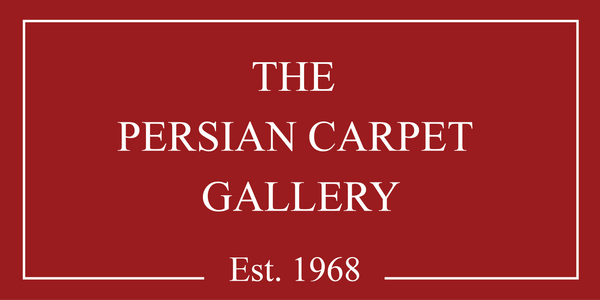William Morris Rugs
During the late 19th and early 20th centuries, British rug weaving and design reached remarkable heights. The iconic Arts & Crafts rugs by William Morris from this era epitomize the pinnacle of artistic expression and craftsmanship. The leaders of the Arts & Crafts movement sought to unite artistic creativity with meticulous craftsmanship. Spanning from 1880 to 1920, this movement produced rug designs that remain highly sought after today.

The antique rugs originating from Britain were among the earliest to embrace the Arts & Crafts ethos. Their innovative patterns quickly gained popularity, spreading across Europe and North America. Characterized by feudal, romantic, and folk-inspired ornamentation, these rugs aimed to blend traditional craftsmanship with simple yet elegant construction techniques.
In 1887, English artist and bookbinder T.J. Cobden Sanderson proposed the formation of the "Arts and Crafts Exhibition Society," coining the term "Arts and Crafts" and catalyzing the movement. The Arts & Crafts movement emerged as a response to declining product standards resulting from industrialization. Advocates of this movement sought to restore uniqueness and craftsmanship amidst the era of factory production.

William Morris, an English designer, social activist, and writer, played a pivotal role in revitalizing textile arts and traditional production methods. In 1861, Morris co-founded a highly successful design company with a small group of designers.
Introduction to the Iconic William Morris (William Morris Rug)
In 1881, the renowned author Henry James famously referred to William Morris as "the poet and paper-maker." Morris's legacy spans various mediums, including textiles, books, furniture, stained glass, and area rugs. However, he is primarily remembered for his magnificent wallpaper designs.
Drawing inspiration from nature, Morris aimed to transform interior spaces into natural landscapes teeming with trees, vines, and plants. He believed that decoration should evoke something beyond itself, reflecting his deep appreciation for nature.
 Morris's designs, including 41 uniquely rendered wallpapers and 5 ceiling papers, epitomize his fascination with naturalism and his belief in integrating beauty, imagination, and order. His commercial success and influence on British textile arts cemented his status as a design icon.
Morris's designs, including 41 uniquely rendered wallpapers and 5 ceiling papers, epitomize his fascination with naturalism and his belief in integrating beauty, imagination, and order. His commercial success and influence on British textile arts cemented his status as a design icon.
Morris adamantly opposed machine-crafted rugs, advocating for handmade production methods. His distinctive Arts & Crafts style, characterized by twisting patterns and elegant floral designs, drew inspiration from Persian garden carpets, depicting English gardens with sophistication.

In the late 19th century, Donegal emerged as another hub for exquisite rug production, spearheaded by English architect C.F.A. Voysey and Gavin Morton. Voysey's handcrafted rugs, woven primarily in England, Scotland, and Ireland, featured contrasting shapes and dramatic outlines, inspiring numerous imitations.
While antique Arts & Crafts rugs have been reproduced in countries like Persia, Turkey, China, and India, the original William Morris designs continue to inspire contemporary productions. Their enduring popularity underscores Morris's enduring legacy in the world of design and decor.
